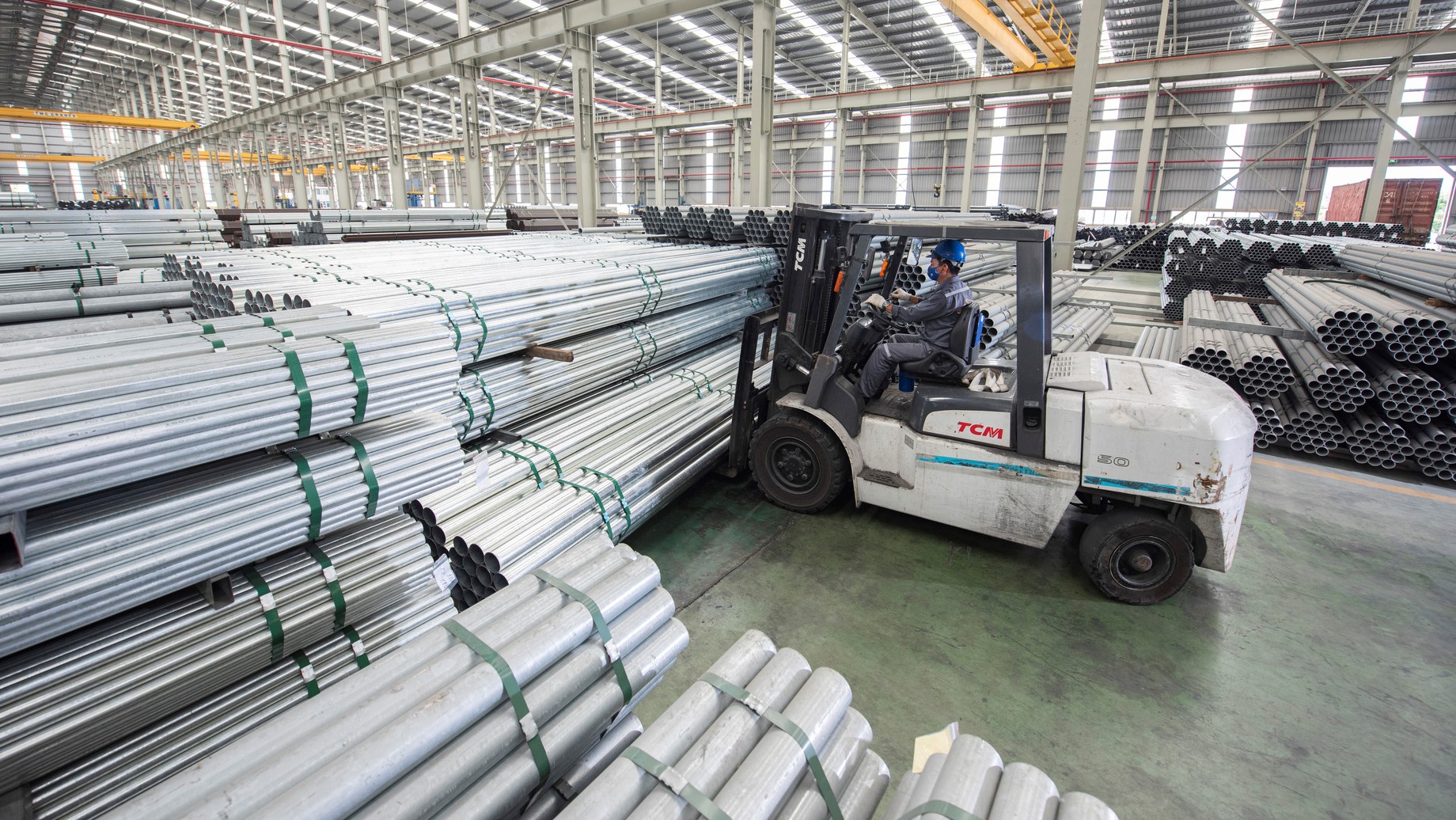Following the successful discussion with the UK government over carbon pricing earlier this year,UK Steel continues to call for a renewed commitment to creating a supportive political climatefor steel production. The government is continually urged to bring domestic and European Unionsteelmakers' power prices into line, implement a carbon border adjustment system, and aid thesector's decarbonisation by purchasing steel with low carbon emissions. This proposed policypackage comes after UK Steel’s launch of “Net Zero Steel: a vision for the future of UK steelproduction” report in response to foreseeable high industrial electricity prices and the significantimport of high carbon, low-cost steel from international rivals.
According to the report, making green steel will require significantly more electricity thantraditional steel production as its production relies heavily on electric arc furnaces and blastfurnaces equipped with carbon capture, using and storing technology, and hydrogen production.UK Steel believes energy efficiency funding and parity of electricity prices can serve two maintargets for the UK steel sector. These include “all ore-based steelmaking should be near zeroemissions by 2035” and “the government’s 2050 net-zero target, which could require the steelsector to reduce its emissions by over 95%”.
Given the potential growth of up to 11 Mt by 2030 in demand for finished steel, UK Steel believesthere is a significant chance to reindustrialise while also producing many green employments. Successful steel decarbonisation secures the long-term viability of local economies that have longsuffered from insufficient investment, transforming nearly 35000 steel jobs into green jobs andincentivising high-paying employment.
The global shift in targeting low-carbon steel production of steel manufacturers is highlybeneficial to their long-term competitiveness. However, decarbonisation comes with risksbecause of ambiguity around technology, legal frameworks, and funding, said Fitch Ratings. Toachieve the green transformation, steelmakers are expected to rely on government involvementin direct finance and modifications to regulatory frameworks. This is due to the steel industry'scyclical and volatile nature and the considerable fluctuations in manufacturers' cash flows duringthe economic cycle. Although producers' profits may be significantly impacted by the predicted10 to 50 per cent increase in production costs for green steel, further cost reductions areanticipated owing to ongoing operational improvements. Additionally, transitions to newfacilities will also lower maintenance costs. Green steel is therefore expected to cost more thancarbon steel to ease the pressure on prices.
The materials and information on this article have been prepared or assembled by Viet Nam Steel and are intended for informational purposes only.

